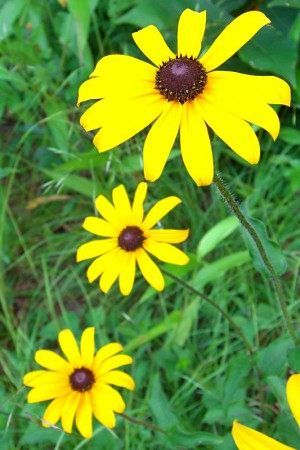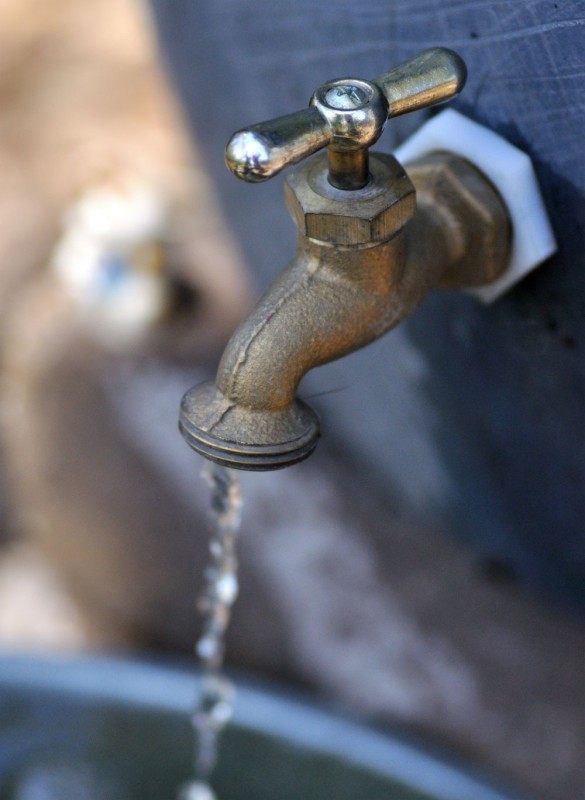Native Plants
Synonyms: Indigenous, Drought Tolerent, Endemic, Natives, Beneficial Plants

A Black-Eyed Susan is a plant native to the Chesapeake Bay region. Photo credit: Jason Hollinger
Native plants in the Chesapeake Bay Region are plants that have been here long before European settlement. They have adapted to local soils, climates, micro-organisms, and insects. Since they have evolved in natural conditions many native plants do not need excess care like fertilizers, extra watering, or other chemical applications like many non-native species need. Other wildlife relies on native plants to survive and reproduce, so planting native species will benefit birds, butterflies, and many other species.
Native plants are often superior to exotic plants in terms of stormwater management because they usually have deeper and more extensive root systems that prevent erosion and provide extra filtration. Since natives also require little to no fertilizer or chemical applicants, both of which can harm stream ecosystems, they are also superior for improving water quality.
Minimizing maintenance by choosing native plants will also save you time and money by cutting costs related to mowing, fertilizing, and watering your lawn or non-native plants.
Native plants are an intricate part of conservation landscaping. There are many great websites designed to help you choose the right native plants for your yard, including:
Chesapeake Bay Program “How to Choose and Use Native Plants” Website
